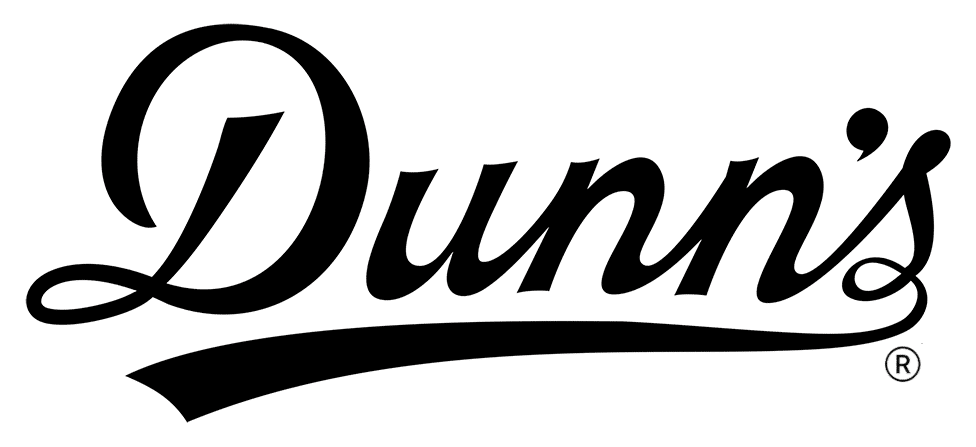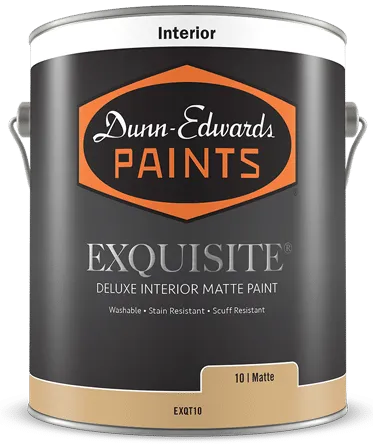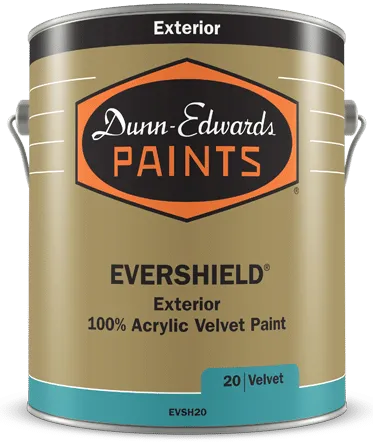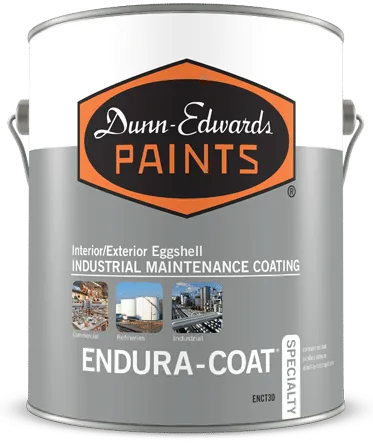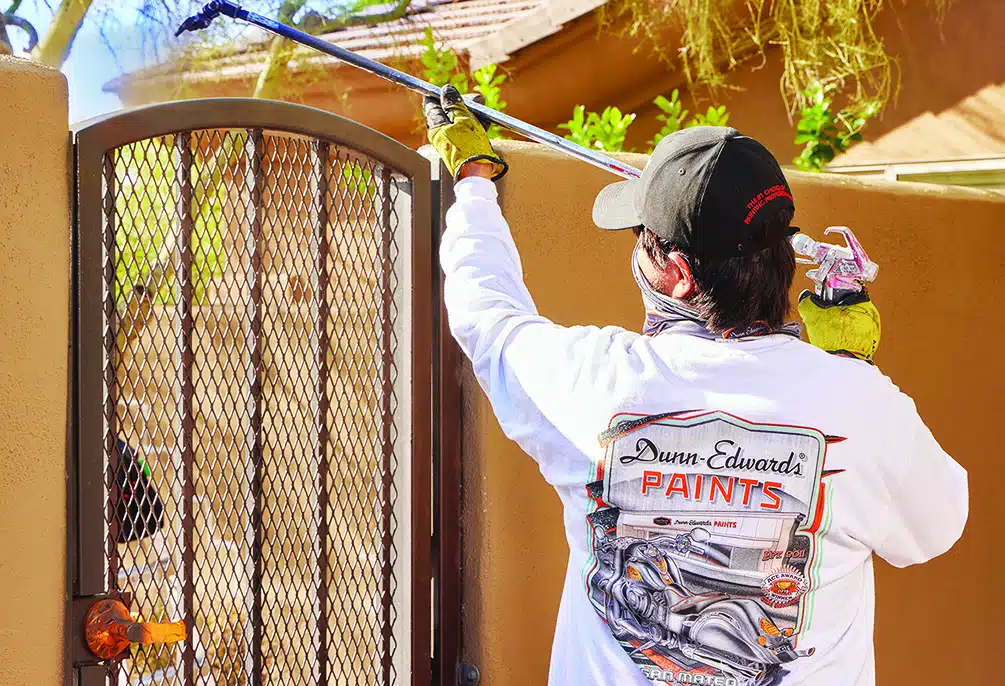SURFACE PREPARATION SAFETY
Surface preparation before painting is one of the most important steps in a successful paint job because paint adheres better to a properly prepared surface. The presence of dirt, dust, grease, flaking paint, holes, or cracks severely limits a paint’s ability to form a strong, long-lasting bond with a surface.
Surface preparation is essential and must be done safely to minimize potential hazards, especially if the surface may contain lead or asbestos. Here are some guidelines to follow.
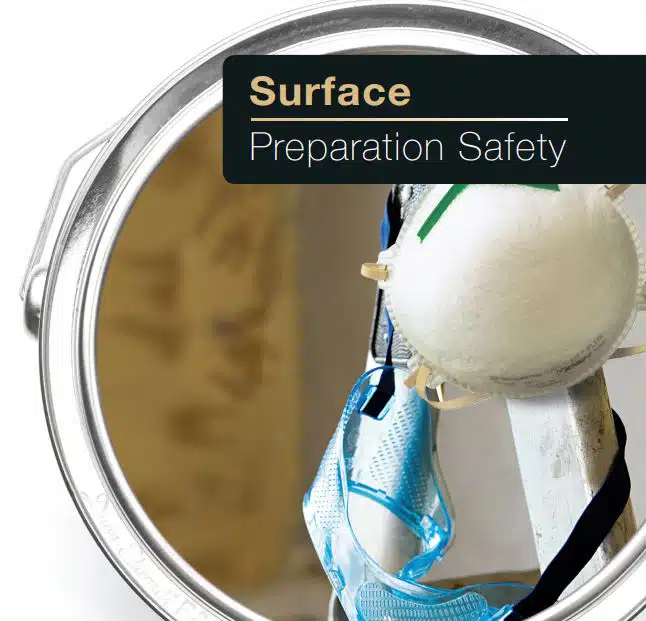
GETTING STARTED
Many factors (job size, building age, etc.) will determine what equipment you need. You may need patching materials, sandpaper, wire brushes, scrapers, drop cloths, and absorbent products like rags. Pressure washers are recommended for larger exterior jobs.
Protective clothing and equipment are essential. Gloves, goggles, coveralls, long-sleeve shirts, long pants, hats, shoe covers and respirators are all suggested. If you suspect lead or asbestos may be present, Dunn-Edwards® strongly recommends a properly fitted NIOSH-approved particulate filter mask (rated N95 or higher).
Following correct procedures is important for preparing surfaces and guarding against harmful conditions that may be found in some buildings. Proper techniques and procedures will be discussed later in more detail.
Major Health and Safety Issues
Dust and Debris
Scraping, sanding and patching are necessary for nearly all jobs and can create fine dust particles or fragments known as “nuisance dust.” Extended exposure to such conditions without a particulate filter mask can be hazardous to your health.
Lead and Asbestos
Dust and debris may contain lead or asbestos, which greatly increases the risk of personal injury if proper safety precautions are not followed. Be especially suspicious of older buildings with badly deteriorating surfaces.
Where are lead and asbestos found?
Lead-based paint is mostly found in houses built before 1950, although residential use of lead-containing paint was not banned until 1978.
Asbestos may be found in houses built before 1978, mostly in spackling compound, wallboard joint compound and sprayed acoustic ceiling texture. Other asbestoscontaining building materials include insulation and asbestos-cement shingles and siding
Hazards of lead and asbestos
Lead poisoning through ingesting or inhaling can cause brain damage, especially in children under age six.
Pregnant women can pass lead to their unborn children, and nursing mothers can pass lead through breast milk to infants.
Asbestos that is inhaled can cause asbestosis (scarring of the lungs), lung cancer, and mesothelioma (cancer of the chest cavity lining). Exposures are cumulative, and smokers are particularly at risk
Testing for Dangers
There are several options when it comes to determining the presence of lead:
Option 1: Purchase a home test kit at a local hardware or home improvement store. Most tests involve mixing a testing solution and applying it to a painted surface. If the solution changes color, the paint contains lead.
Note: These kits only detect the presence of lead – not the amount or danger level of the lead. They cannot distinguish between true lead-based paint (up to 50% lead) and paint contaminated with residues of leaded gasoline exhaust
Option 2: Lab testing – send paint chip samples to a certified laboratory for chemical analysis.
Option 3: Have a lead risk assessment done by a professional contractor who is certified by your state.
Note: Asbestos can be identified only by sending a sample to a certified laboratory or calling an asbestos abatement contractor. Taking samples yourself is not recommended.
When to call a professional?
Certified Lead Abatement Contractors: It’s a good idea to use professionals for surfaces known to have lead-based paint if you don’t want to risk being exposed. Contractors can be found at epa.gov/lead
Certified Asbestos Abatement Contractors: Professionals skilled at removing all types of asbestos-containing building materials, including acoustic ceiling textures, insulation and asbestos-cement shingles. Contractors can be found at epa.gov/asbestos
Mold and mildew
Do not scrape or sand a surface covered with mold or mildew. This can release airborne spores that may cause mold or mildew to spread. See Dunn-Edwards brochure on Mold & Mildew.
Safe Procedures
Before you begin
Work on one room at a time. Remove plants, pets and as much furniture as you can. Cover remaining furniture, carpets and drapery so dust won’t penetrate porous materials.
Close off the work area by taping polysheeting over all doors, windows, floors and other exposed surfaces. Your Dunn-Edwards Paints store has tape and polysheeting for a variety of surfaces.
Turn off forced-air heating and air conditioning systems and cover vents with plastic.
Washing Surfaces
Wash the work surfaces with a solution of water and an allpurpose household cleaner, available at most grocery stores.
If using TSP (Tri-Sodium Phosphate) in water, be sure to wear rubber gloves. TSP can be found at any Dunn-Edwards Paints store
Scraping and Sanding
Wear protective clothing and equipment, including a properly fitted NIOSH-approved particulate filter mask (rated N95 or higher) whenever sanding, scraping, or engaging in any activity hat generates airborne nuisance dust. Previously applied paints, caluks, and patching compounds may contain hazardous substances other than lead or asbestos.
Be sure to keep people who aren’t properly protected out of the work area.
Do not use a belt-sander, propane torch, heat gun, dry scraper or dry sandpaper on surfaces that may contain lead or asbestos.
Use a spray bottle to wet the surface before scraping and sanding and use wet/dry sandpaper or wet-sanding sponges.
Follow general surface preparation information about patching. A Dunn-Edwards sales associate will be happy to help you with details.
Using paint removers
Paint removers are another option for removing paint from wood surfaces because they don’t create dust.
Wear personal protection equipment, including gloves, goggles and vapor respirator, and work in a well-ventilated area to avoid breathing harmful fumes.
Follow label directions for safe handling, clean-up and disposal of materials
Clean-up and Disposal
Big pieces can be swept. For the smaller stuff, it’s best to use a HEPA filter-equipped vacuum cleaner. You can rent a HEPA vacuum from stores that carry remodeling tools. When finished, carefully empty the dust collected in the vacuum cleaner, being sure to dampen it with water first.
Mist dropcloths/plastic sheets before rolling them up to suppress dust.
Use heavy-duty plastic garbage bags to safely dispose of dust and debris.
Final washing and rising
Wash all surfaces thoroughly with a detergent solution and rinse with clean water. Because dust and debris travel easily, make sure to wash all areas – including floors, stairs and other horizontal surfaces – even if they are not going to be painted.
Have plenty of sponges, rags and buckets. Use one bucket for the cleaning solution, and one bucket for rinsing.
Change rinse water frequently (at least once for each room being cleaned) and rinse or replace rags and sponges often.
Personal hygiene
Don’t eat, drink or smoke while in the work area.
Wash your hands and face before eating, drinking or smoking.
Shower as soon as possible when done with clean-up.
Make sure to wash clothes and wipe off shoes.
DISCLAIMER:
Please note that these suggestions are provided as a service to you. We are unable to guarantee or be responsible for the results obtained by these procedures. If you have additional questions, please call any of the experts in our customer service department.
CAUTION: Scraping or sanding surfaces of older buildings (especially pre-1978) may release dust containing lead or asbestos.
EXPOSURE TO LEAD OR ASBESTOS CAN BE VERY HAZARDOUS TO YOUR HEALTH. Always wear appropriate personal protective equipment during surface preparation and finish clean-up of any residue by water-washing all surfaces. For more information, see Dunn-Edwards’ brochure on “Surface Preparation Safety” or call EPA’s National Lead Information Center at 1-800-424-LEAD, or visit www.epa.gov/lead or www.epa.gov/asbestos, or contact your state or local Health Department.
